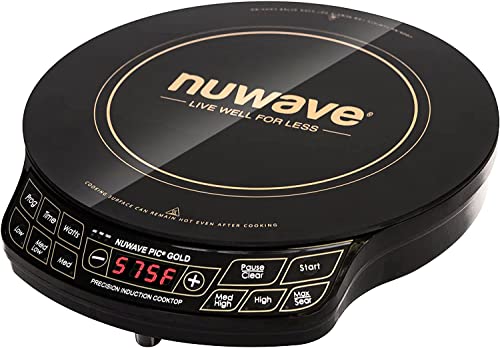So I finished organizing the Augean Stables (aka storeroom of a small US-run nonprofit in a Mexican border town). It was hot and sweaty and this mob of adorable little kids kept interrupting “Hey, Americana – can I have this? can we play with that? what is this? can you reach down that thing from the top shelf? can I have that one instead? look, I drew you a picture!” I didn’t realize I wasn’t supposed to let them play with all the toys; they must have thought they hit the jackpot. The punchier I got, in the heat and the frustration (“who the hell thought it was a good idea to unload this junk on a shoestring charity with next to no storage space?”), the more I gave the kids free stuff (what the hell, it was just sitting in the back corner gathering dust anyway). There’s probably a couple of justifiably pissed-off grownups down there now. Oh well.
So now it’s all boxed up, including several boxes labeled “wtf is this stuff?” and “get this out of here.” There are no longer any Barbies rolled up inside the Sonoran Desert death map, edible seaweed leaking into the paper crafts, or OTC medicines tucked away in the paints. The awesome good xit is no longer buried under a mountain of broken mismatched mystery xit. More importantly, the kids were reasonably well amused. Judging by my fellow nonprofiteers' response, it's a safe bet the whole thing will return to chaos in a month.


So anyway here is my list of pro tips (OK amateur tips really) for in case you are moved to make an in-kind donation to a charity. Of course, anything the charity itself tells you trumps this.
(1) Give cash instead. Seriously, 9 times out of 10 they’ll be able to use it better, and support local businesses at the same time. But if you do donate stuff …
(2) Give what they need in real life, not what you fantasize might be nice in a best-case scenario. ASK. If you can’t ask, stick to generic, simple, flexible-use stuff. Remember you are putting it into a pipeline that you can’t predict and have no control over.
(3) Don’t give “kits” of anything — they’ll probably just get broken down into their components and mixed with the general supply flow.
(4) Don’t give small numbers of special, fancy things — if there’s not enough to go around, how are they supposed to give one stressed-out kid a sequinned backback or angel wings while the next one gets a grotty fanny pack or a T-shirt with some weird ad on it?
(5) Don’t give toxic, flammable, or breakable stuff.
(6) If it’s not in the original packaging, put it in something hassle-free and see-through that’s easy to open /and/ to re-seal, and label it clearly. Ziplock bags and sturdy tupperwares are your friends.
(7) Remember that as far as crafts go, the creativity is in how people put ingredients together, not how cute or fancy the ingredients are. Just like packing for a road trip, the more multipurpose the item, the better. Also probably not a great idea to give people luxury stuff they’ll never be able to get again on their own cuz that can just be depressing.
(8) Don’t just empty out your junk cabinet telling yourself “oh those poor but resourceful people will find some way to use it.” They might. But it might also just soak up space and time and hide some cool stuff they could have really used.
(9) Of course, if the recipient tells you otherwise, go with what they said. Communicate as much as humanly possible, and if you can’t, then at least prepare your gift for its trip down a pipeline that you can’t see the other end of.
Half this stuff I wouldn’t have known if I hadn’t seen it from the other end. So, FWIW! Thanks for listening.
), sobered me up pretty fast.

































































